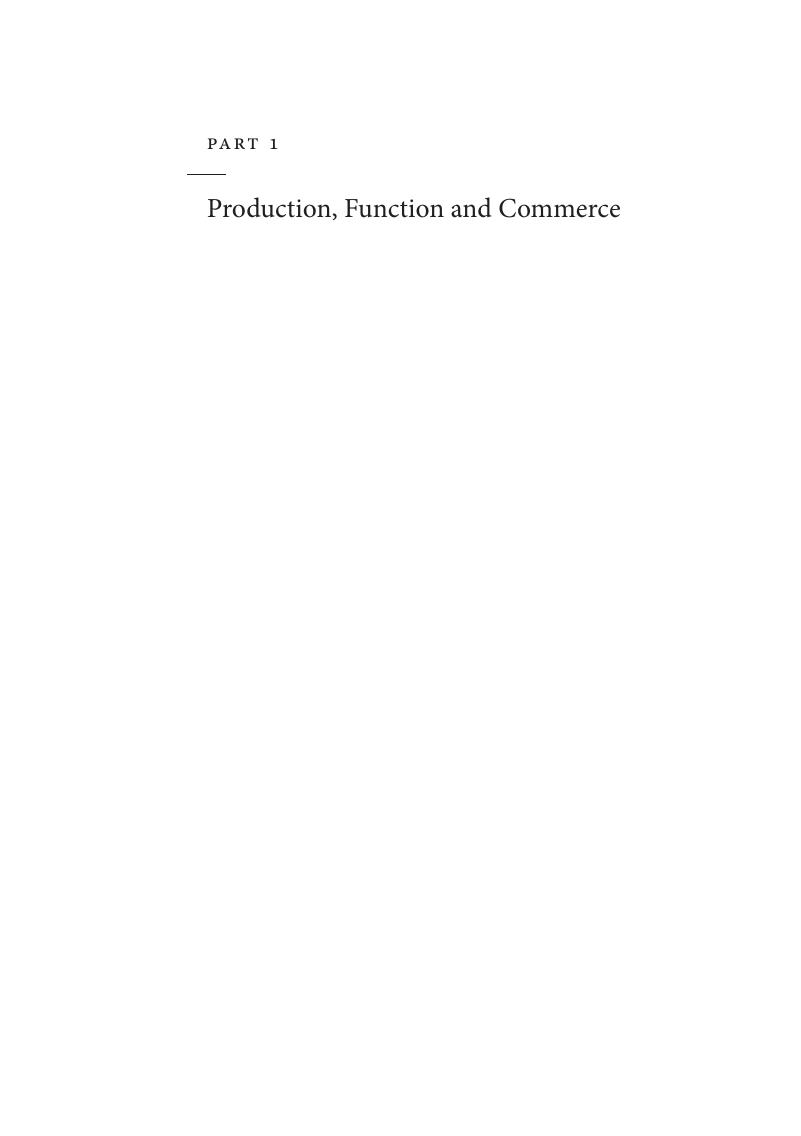Published online by Cambridge University Press: 07 April 2017

Database compiled and maintained by Steve Roud and available on the website of the [Ralph] Vaughan Williams Memorial Library [www.vwml.org].
The Gibson-Massie Moore Collection (c. 966 volumes) of monographs and sheet music was largely assembled by the Belfast collector, Andrew Gibson (fl. 1904–1927) during the late nineteenth and early twentieth centuries. Since its acquisition in 1960, Queen’s has continued to supplement this collection of early and posthumous editions of Moore’s work, which represents the breadth and diversity of his output. Particular strengths are the variant issues and editions of Moore’s Irish Melodies and his Lalla Rookh, some bound in fine and ornate bindings, while still others are decorated by prominent illustrators. Two online exhibitions at the McClay library’s Special Collections complement the present study: ‘Thomas Moore and the Printer’s Devils’; ‘Thomas Moore Music Project’ at cdm15979.contentdm.oclc.org/cdm/landingpage/collection/p15979coll12. Queen’s Special Collections also holds the Bunting Collection (c. 250 items), which comprises the manuscripts (music and text), notebooks and photographs associated with Edward Bunting (1773–1843) and the Belfast Harpers Festival of 1792. For digital material related to this collection, as well as the Irish Song project, see digital-library.qub.ac.uk (this is an alternative route to the two Moore exhibits).
To save this book to your Kindle, first ensure no-reply@cambridge.org is added to your Approved Personal Document E-mail List under your Personal Document Settings on the Manage Your Content and Devices page of your Amazon account. Then enter the ‘name’ part of your Kindle email address below. Find out more about saving to your Kindle.
Note you can select to save to either the @free.kindle.com or @kindle.com variations. ‘@free.kindle.com’ emails are free but can only be saved to your device when it is connected to wi-fi. ‘@kindle.com’ emails can be delivered even when you are not connected to wi-fi, but note that service fees apply.
Find out more about the Kindle Personal Document Service.
To save content items to your account, please confirm that you agree to abide by our usage policies. If this is the first time you use this feature, you will be asked to authorise Cambridge Core to connect with your account. Find out more about saving content to Dropbox.
To save content items to your account, please confirm that you agree to abide by our usage policies. If this is the first time you use this feature, you will be asked to authorise Cambridge Core to connect with your account. Find out more about saving content to Google Drive.